| 1 | Snakes eating other snakes |
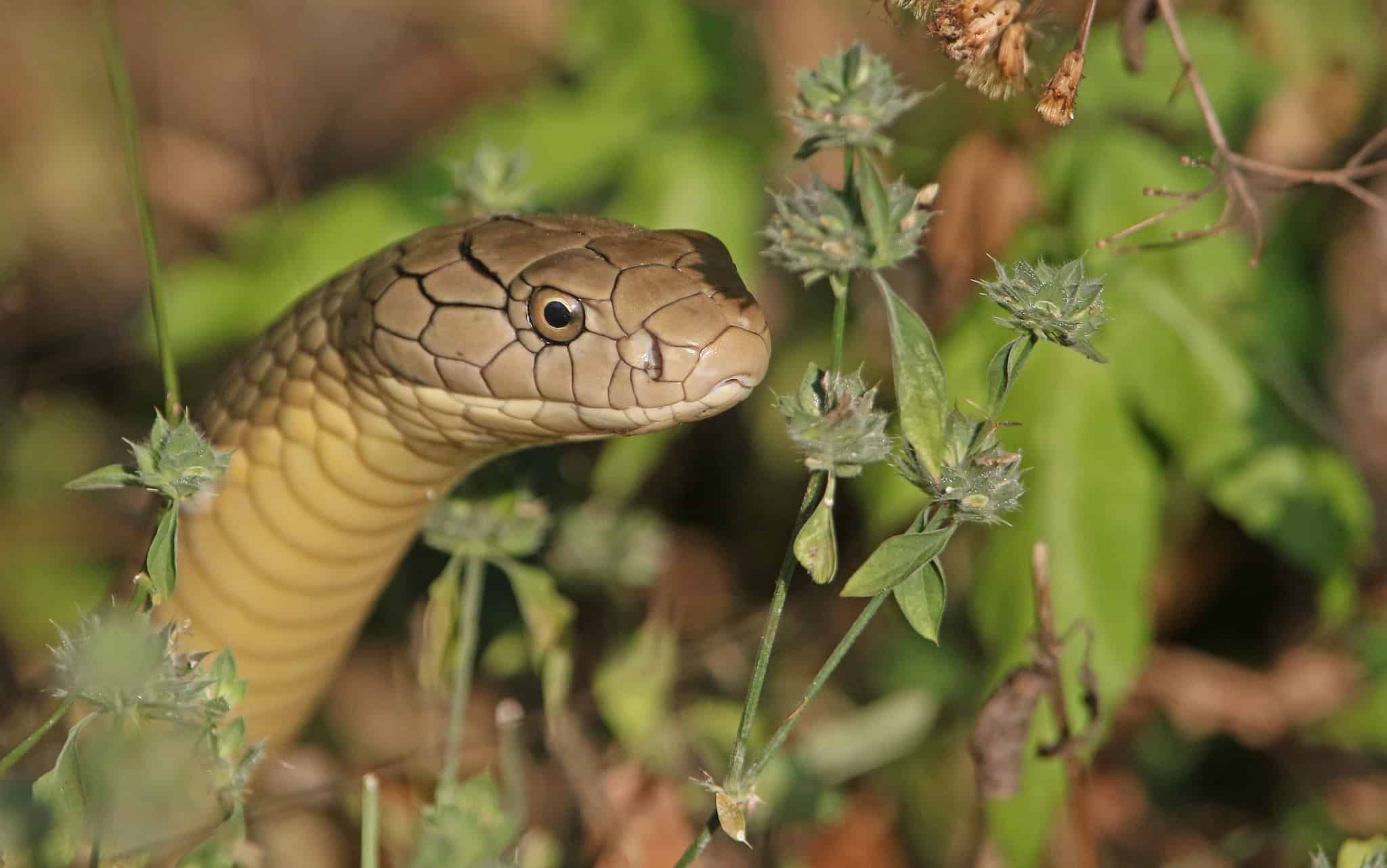
Most snakes live in a brutally competitive world, and cannot afford to be squeamish about their diet. If they skip a potential food source, then they could wake up one morning and find themselves extinct. Consequently, numerous species rely on fellow snakes for their calories.
The king cobra of southeast Asia eats snakes almost exclusively, with clouded monitor meals sighted once in a blue moon. Measuring 3-4 metres (the world’s longest venomous snake), they can swallow virtually anything, even small reticulated pythons, the world’s longest overall snake. Confirmed prey of the king cobra include oriental ratsnakes and white-lipped pitvipers.
A sunbeam snake is simply a shiny piece of spaghetti for the king cobra. Yet king cobras aren’t immune either, as their hatchlings are popular food for Malaysian blue coral snake. It’s live by the sword, die by the sword for this greedy snake. Over in South America, the mussarana is such a notorious snake eater that Brazil’s largest antivenom factory built a statue of one outside its walls. US kingsnakes have such effective venom resistance that they can swallow east diamondback rattlesnakes whole.
| 2 | Bats are popular prey |
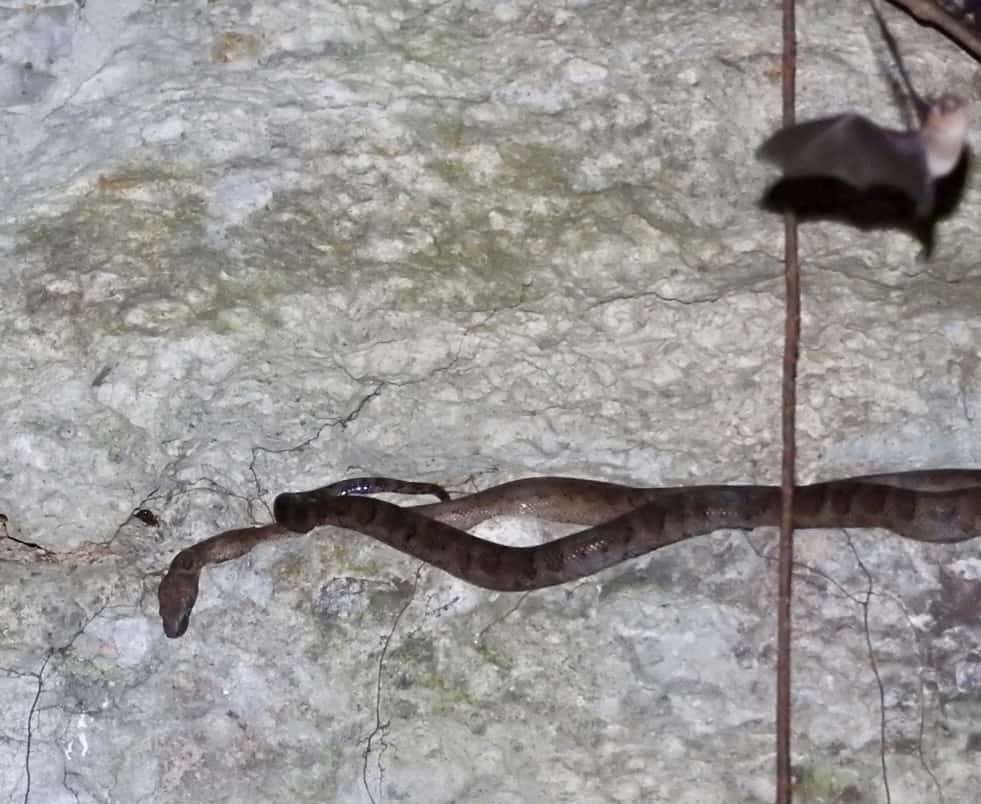
Bats are another unusual prey which cunning snakes have decided to take advantage of. Some dabble in bats as an occasional prey, like the Amazon tree boa, which positions itself below colourful flowers and pounces when curious bats arrive. But certain species have embraced bat-hunting to an extreme. Mexico’s Yucatán peninsula is famous for its Kantemó Bat Cave, where the dark cave mouth seems to be decorated with swinging vines. Except that these are actually yellow-red ratsnakes, with their tails fastened firmly to the cave roof, waiting patiently to grab bats from mid-air as they flock out in their thousands.
The most consistent bat hunters are the Caribbean boas (Chilabothrus family). Cuban boas get over 50% of their calories from bats, and even team up to hunt them, dangling in a certain position that forces bats into fellow boas’ clutches. Species they eat include Jamaican fruit bats and black myotis.
Then there’s Puerto Rican boas, which gather in dozens in certain karst limestone caves. These aren’t social gatherings, but hungry snakes all arriving at once to feast on an irresistibly simple food source. That said, wings are an advantage which snakes can’t hope to possess, and there’s no doubt that some bats escape.
| 3 | Toxin resistance |
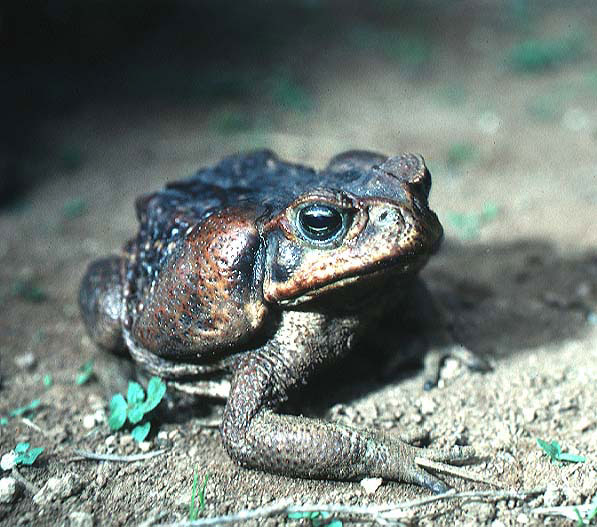
One of the best survival features a snake can have is natural resistance to poisonous prey. A select few can easily metabolise toxins, processing them with no adverse effects, and opening up a whole new food source which other snakes can’t even consider eating.
For example, the western hognose snake (US midwest) has unusually large adrenal glands for a snake. Their prey the American toad (Anaxyrus americanus) secretes bufotoxins which cause a catastrophic decrease in heart rate, killing most predators stone cold dead. While western hognose snakes aren’t immune to bufotoxins, their enlarged adrenal glands secrete a flood of adrenaline and norepinethrine which stabilises their heart rate.
Meanwhile, hognose snakes would die if they ate the rough-skinned newt, whose body is filled with tetrodotoxin. This defensive weapon also occurs in pufferfish and blue-ringed octopuses, and is an extremely powerful neurotoxin which specialises in paralysis. However, one snake is resistant to tetrodotoxin: the common garter snake, which can casually eat them and slither on their way again. Aquatic garter snakes also have this toxic newt resistance, and there’s more examples dotted around the snake world, like the common keelback and cane toads in Australia.
| 4 | No snake is the same |
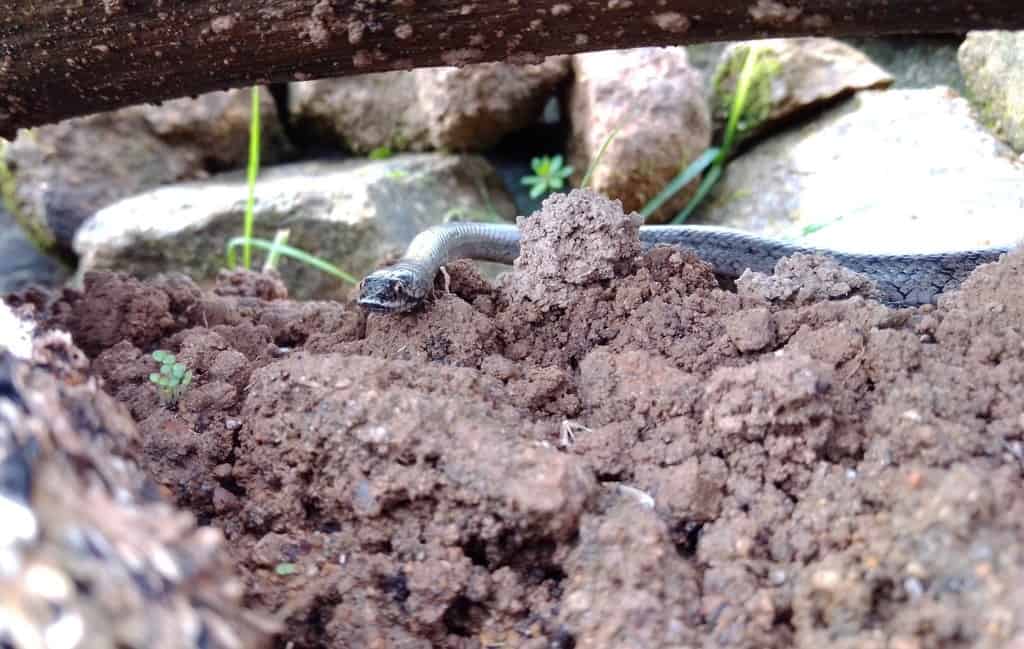
While some diet differences are obvious, such as preferring mammals or amphibians, each snake also has its own personal style. A great one is how quickly they eat prey. False smooth snakes mainly eat Iberian slow worms, and can take 70 minutes to swallow them from head to toe. This is a patient Spanish snake which spends most of its day in soft soils. At the opposite end, an Indian wolf snake can gulp down a gecko in 30 minutes flat, before speeding off to new horizons.
Prey size is another area where some snakes are far more intelligent. African rock pythons regularly swallow creatures over 100% of their own body weight, including small impalas. Meanwhile, a black mamba is far more cautious, with no desire to explode. A study found that black mamba prey averaged at just 4.72% of their body weight (with mammals being 80% of prey).
Some snakes even eat elongated prey exclusively, including fellow snakes and amphisbaenas, slotting neatly into their body. Rattlesnakes wait until their prey is dead before swallowing, while the brutal checkered keelback of India swallows frogs alive, so that you can still hear them croak from inside its belly.
| 5 | Snail-slurping snakes |
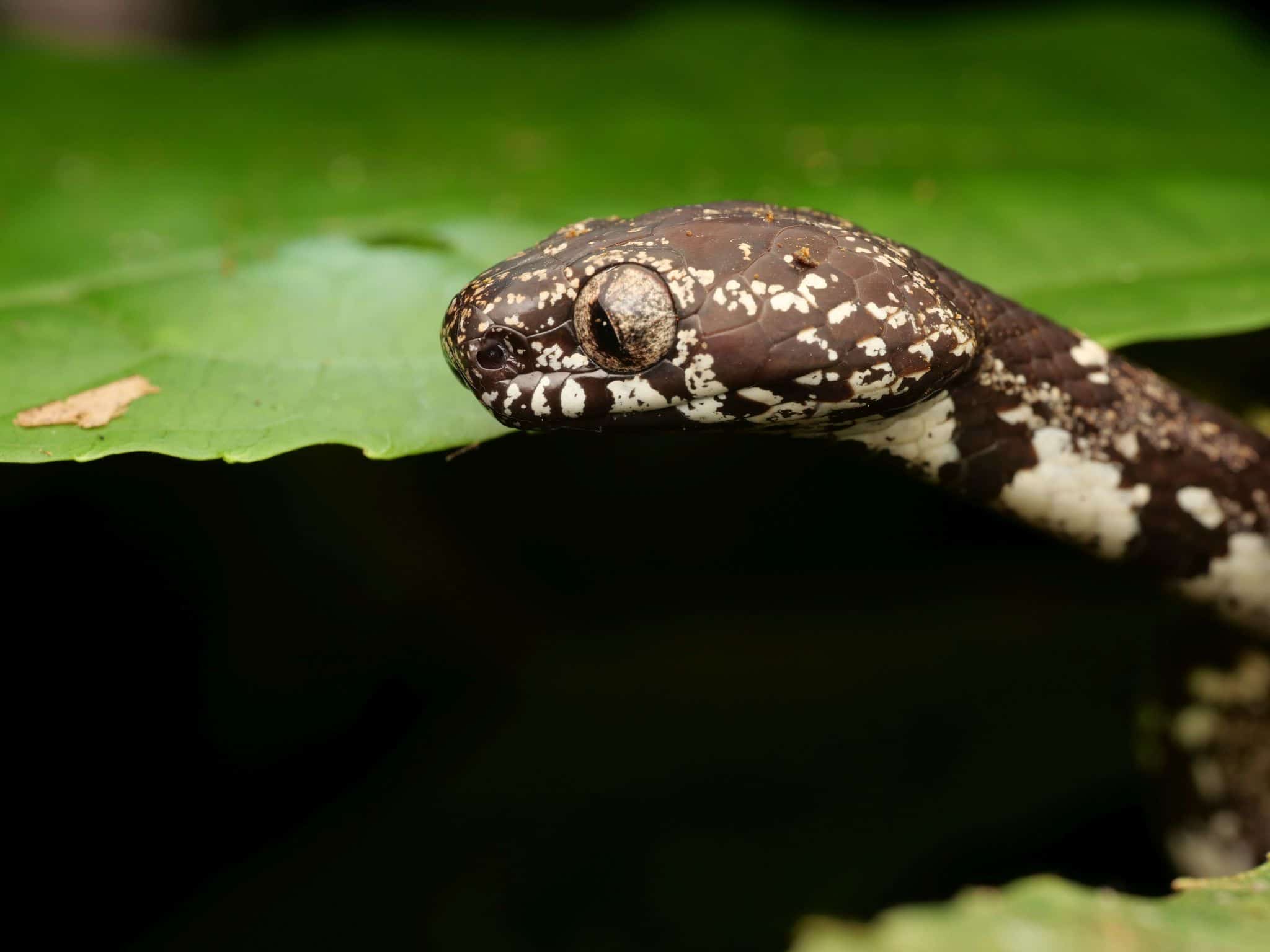
Another 100 or so snakes worldwide eat snails and slugs exclusively, particularly in southeast Asia and South America. With frogs under heavy competition, their ancestors had a eureka moment and decided to start exploiting a trickier, yet easily available food source.
For example, the cloudy snail eater (Sibon nebulatus) has giant orbs of eyes, for spotting snails slithering over distant leaves. They pounce when just 0.5-2cm away, and then search for a stick or rock to hold the shell against. Then, using instincts honed over millions of years, they slurp the snail’s body directly out of the shell. If a coral snake tried this it would soon give up in frustration, lacking the fined-tuned skills.
Some snail-eating snakes are so advanced that they can follow a trail of slimy mucous back to the source. The white-spotted slug snake of Hong Kong has a specially adapted jaw for gripping snail shells and sucking their body free simultaneously. Most snail eaters eat slugs and snails exclusively, and almost all are non-venomous, relying on camouflage to blend into the jungle.
| 6 | Most snakes have their favourites |
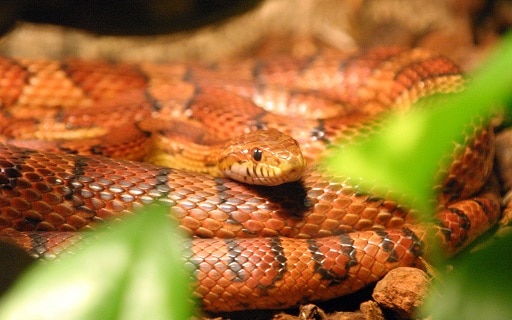
The favourite food of humans is clearly pizza, while the favourite food of a brown bear is salmon (not honey). Like any species, individual snakes have specific prey they adore the taste of, which they choose above all else when given several options.
This includes the US corn snake, which isn’t particularly fussy. Corn snakes happily eat various mammals, which is partly why they’re regarded as the best pet snake for a beginner. In captivity, they swallow down defrosted pinkie mice with a vengeance, yet a study from the US countryside found that their favourite species is the white-footed mouse, a 10cm mammal which looks like a charming fairytale character.
Asp vipers will eat various small, scurrying mammals, yet a study from France revealed that European voles (Microtus arvalis) make up 98% of their prey. Golden tree snakes adore the taste of tokay geckos, while the timber rattlesnake’s favourite meal is the eastern grey squirrel. Then you have snakes which are extremely reliant on one prey, such as the false smooth snake, which gets 50% of its calories from Iberian slow worms.
| 7 | Special feeding adaptions |
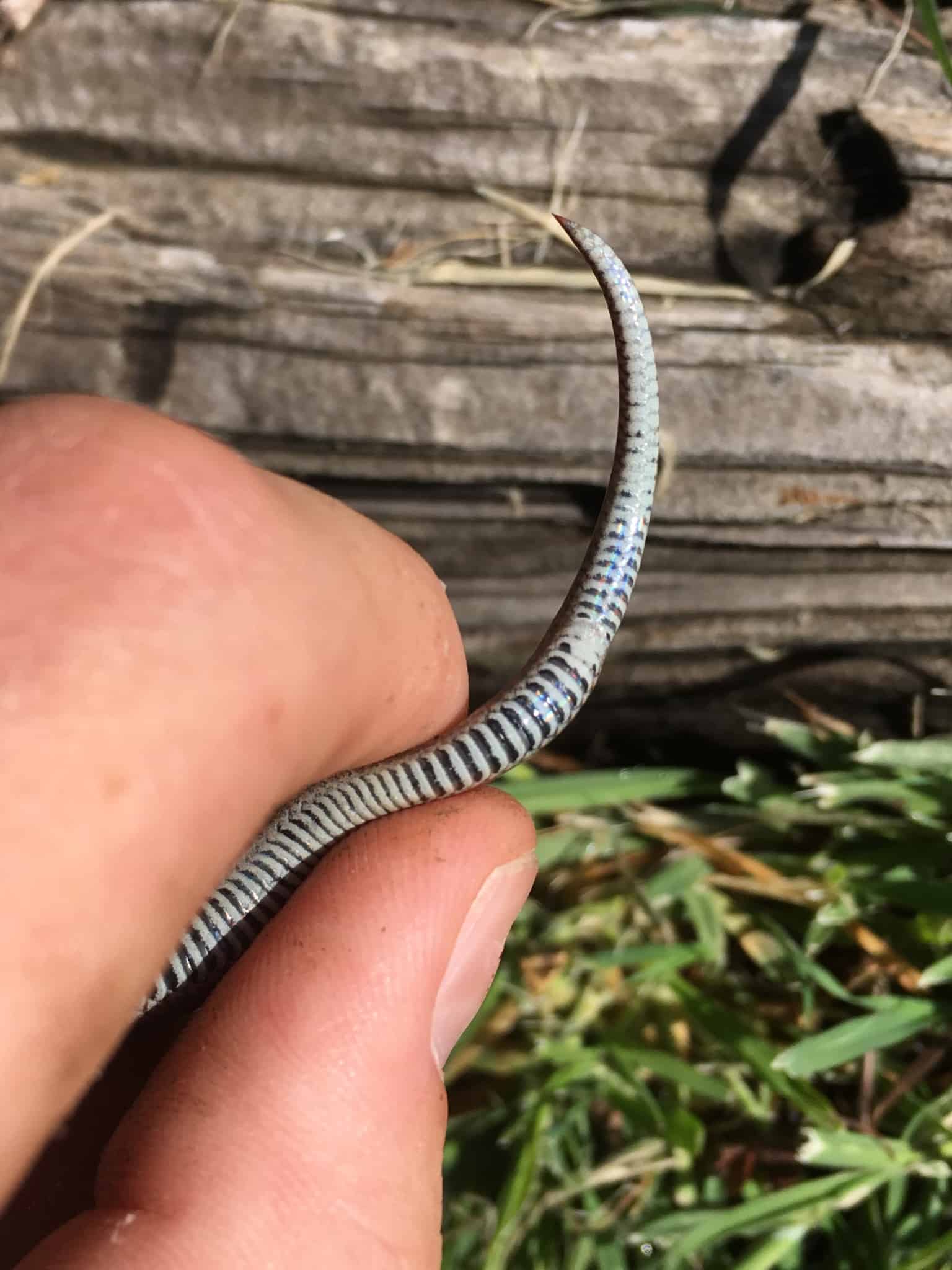
As snakes choose new foods to specialise in, their bodies are being forever twisted into a variety of strange shapes. One example is the Texas blind snake, which measures 30cm and mainly preys on ants. Unusually for snakes, this species has no teeth in its upper jaw. Their lower jaw is also one half the normal length.
By plunging their face into an ant swarm, and repeatedly retracting their lower jaw, the Texas blind snake effectively rakes ants into its mouth. To add flexibility, their lower jaw only has a tenuous connection to the rest of its skull.
The sharp-tailed snake, meanwhile, measures 30cm and lives in dry Californian forests. Its namesake tail is a great poking device in the palm of someone’s hand, but this tail is also used for skewering slugs (their main prey) like a kebab, which it then bends round to eat. Tiger rattlesnakes have evolved a small head for grabbing lizards from dark rock cracks in the desert.
| 8 | Good for the economy |
Hundreds of snakes rely on rodents for their meals, and once they pick up a scent trail via tongue flecking, they’ll go to the ends of the Earth to find the source. Sometimes this leads them to a dark burrow, but other times it leads them to an imposing wall of tightly packed corn, swaying in the breeze. They have just discovered a modern agricultural field, and upon entering, most snakes are amazed at the bountiful supply of rodents they find.
From Georgia to India, crop fields everywhere are full of hungry snakes, some deadly and others harmless. The blood python of Indonesia is now more common in palm oil plantations than it is in the surrounding forests. With palm oil a huge economic export, it’s believed that this thick-bodied python is a net positive, by eliminating millions of dollars worth of crop losses to nibbling rodents. Likewise, Indochinese ratsnakes eat so many rats that farmers in Yogyakarta, Indonesia are now deliberately releasing them into their fields.
Meanwhile, the Russell’s viper of India is a more menacing presence. It swallows vast amounts of rats, but also bites hundreds of farmers per year, killing many. Nevertheless, if a corn snake lives in your local field, it would be wise to leave it there.
| 9 | The largest prey yet swallowed |
While eggs and genetics are fascinating subjects, the question everyone really wants answered is the largest prey ever eaten by a snake. There may be forgotten logbooks gathering dust somewhere in a university, but the largest confirmed snake prey of all time was a 150 pound hyena, which was gobbled up by an African rock python in 2017. Though shorter than reticulated pythons (the world’s longest snake), this 5 metre species is a far more reckless eater, as they’ve also gobbled up 130 pound impalas and even Nile crocodiles.
As far as we know, the longest snake prey ever recorded was a 279.4cm reticulated python, which was gobbled up by a king cobra (reported in 1947). Other freaky sightings include an Australian olive python (average 4 metres) coiled around a freshwater crocodile, and this infinitely disturbing video of a green anaconda regurgitating a huge object. Social media became convinced that it was a small cow, and the anaconda eventually swam through its shallow waterway and vanished into the jungle again.
Snakes have existed for 100 million years at least. Somewhere in that time, there has been a single heaviest prey item of all time, an event which took place in an hour or two, but has never been matched since. We can only guess at the circumstances. It may have happened 60-55 million years ago, when titanoboa walked (or slithered) the Earth, an 18 metre nightmare which could swallow prehistoric crocodiles with ease.
| 10 | Team cannibalism |
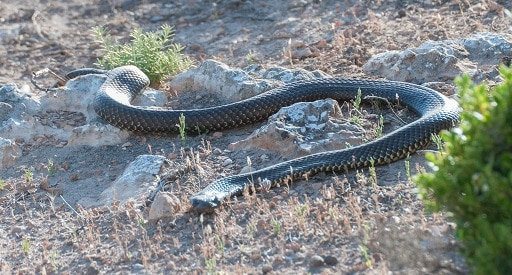
Cannibalism is a tricky balance. On one hand, snakes could go extinct if they skip a nutritious food source, even if it’s each other. But equally, a species that constantly eats each other is less likely to survive, as their numbers will shrink from within, particularly considering the pressure from bird predators watching them attentively as well.
It’s fair to say that like most animals, a large portion of snakes have an instinctive reluctance to eat their own kind. Nevertheless, cannibalism has been observed in many species, and some embrace the cannibal lifestyle wholeheartedly. The mulga is one such maniac. Also called the king brown snake, this is a 2 metre Australian serpent which swallows almost anything it sees, including brown tree snakes, crowned snakes and each other.
Over in the US, the California kingsnake has several shameful cannibalism incidents on record, except that they’re probably not ashamed at all. This species is mainly a snake-eater, and they don’t exclude each other. The montpellier snake of Spain is also an adventurous, no holds barred snake, and this lack of restraint leads them to swallow each other without thinking.
